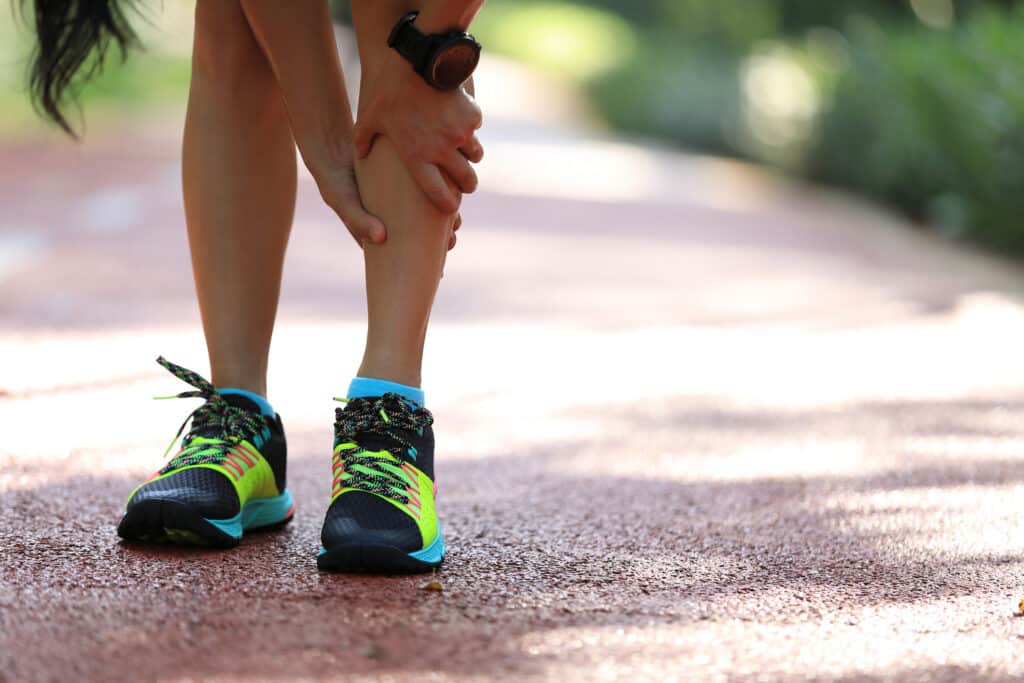
Medial Tibial Stress Syndrome (MTSS) is a common injury among athletes, particularly runners. It is characterized by pain in the lower leg that usually starts at the front of the shin and often runs to the inner side. This pain can be mild to severe and can affect your ability to run or engage in any physical activity. MTSS is annoying and can take weeks or months to recover from. There are, however, a few options to treat MTSS such as physiotherapy and chiropractic care. In this blog post, we will discuss how long MTSS lasts and the treatments that can be used to help alleviate its symptoms.
The severity of MTSS can vary from one person to the next so the duration of the injury can be different as well. For most people, MTSS will last for an average of 4 to 6 weeks. However, if MTSS is left untreated or improperly managed it can take several months to recover fully. If you experience pain in your shin, it’s essential to seek medical attention immediately. A specialist such as a physical therapist or chiropractor can help diagnose the injury and determine the best course of treatment.
One way to treat MTSS is through physiotherapy. A physiotherapist will work with you to develop a customized rehabilitation program that will help reduce your pain and enable you to return to your previous level of physical activity. Treatment plans may consist of a combination of stretching and strengthening exercises, manual therapy, and cold compression.
Another option is to receive chiropractic care. A chiropractor will evaluate the injury and use various techniques to align the spine and loosen tension in muscles. They may also prescribe exercises to improve your range of motion and promote the healing process. Chiropractic treatments have been shown to be very effective in treating MTSS, and they can be used alongside physiotherapy for a more comprehensive approach.
In addition to physiotherapy and chiropractic care, there are other ways to manage MTSS symptoms. Rest is one of the most crucial components of any recovery plan. Continuing to engage in physical activity while injured can delay the healing process, so it’s essential to take a break from your usual routine. Ice and heat therapy can also be helpful in reducing pain and inflammation. Wearing proper shoes and using orthotic inserts can help to prevent MTSS from occurring and alleviate pain symptoms.
In conclusion, how long MTSS lasts depends on the severity of the injury and how it is managed. Seeking proper medical attention early on and following the recommended treatment plan can help to speed up the healing process. The ideal way to treat MTSS is to use a combination of techniques, such as physiotherapy and chiropractic care, alongside rest, ice and heat therapy, and proper footwear. Remember, early intervention is critical, so don’t hesitate to contact your healthcare provider if you experience pain in your shin.
If you have any questions or would like to explore further, please book a free, no-charge online appointment with either myself, Nitin Nair, BPT, R/TRO DIP, PT, or another Kitchener physiotherapist at CARESPACE. We are happy to listen and are here to help!

